We may capture our lives in great detail with photos, voice recordings, and social media posts in the digital age. In principle, this ability to readily capture life’s crucial experiences should improve our memory. People tell me the reverse happens in practice.
I study memory neuroscience, and I’m often asked if technology is making us “dumber” or affecting our memory. Some ask because they worry about their kids’ screen and mobile device use. Others worry about their memory.
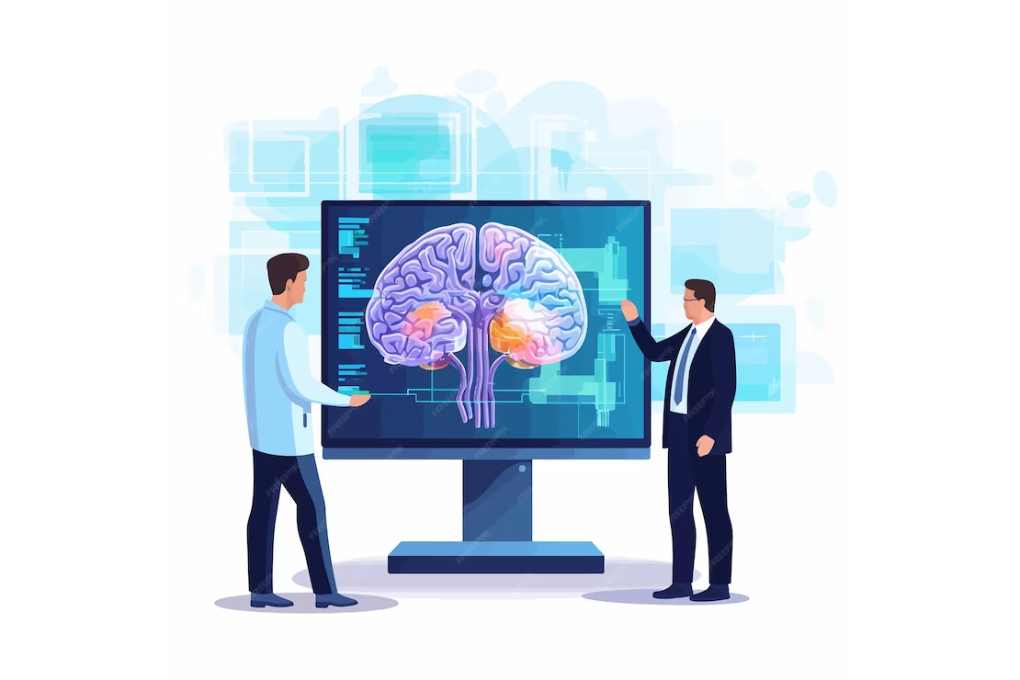
A prevalent concern is that relying too much on our electronics for reminders will impair our memory. This may apply to some skills. If you always use navigation apps in new neighborhoods, you may not notice environmental characteristics enough to construct a mental map to learn to navigate. However, there is no reason to believe that using technology to retain critical information can damage your brain. I appreciate outsourcing basic memory tasks like phone numbers, passwords, email addresses, and appointments. I have no photographic memory, but my phone does.
If technology helps us “free up space” for the things we want to remember when we need to recall them, why do so many of us feel like it’s blurring, fragmenting, and impoverishing our memories?
Focusing on what is unique about the present moment—those deep sensory aspects we can use to recreate an experience—helps us establish enduring memories. We focus on what’s important in our daily lives, thanks to the prefrontal cortex. The prefrontal cortex helps us focus on and meaningfully digest what we need to learn, hunt for memories “in there somewhere,” and keep our memories true when we remember the proper thing.
However, text messages, emails, and phone calls interrupt our conversations, activities, and meetings, swamping these abilities. We often aggravate the problem by juggling many goals. We may feel more efficient when multitasking. Many of us take pride in our ability to switch tasks, but it costs.
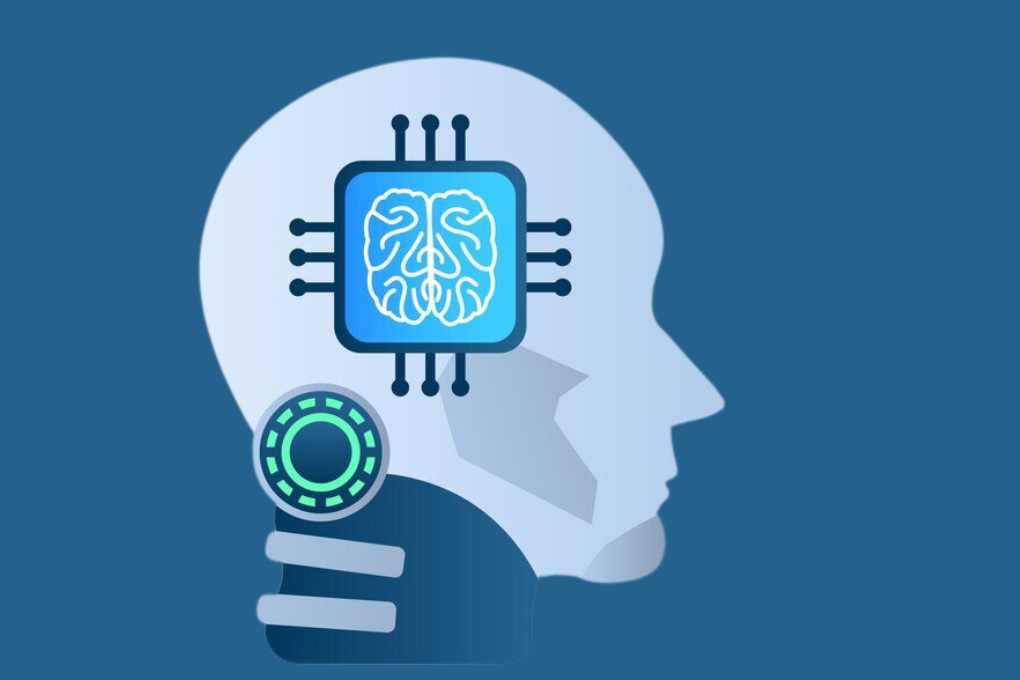
Prefrontal resources are used to reestablish focus when we are habitually distracted or purposefully switch media streams, such as reading a text while talking. This keeps us one step behind and leaves us with fuzzy, disjointed memories.
We use technology to document our lives outside of work. The rise of “Instagram walls” and concertgoers taking photos with their phones show how technology has impacted our lives. Smartphone cameras make it easy to chronicle our experiences, yet most of us don’t have more personal memories. Again, the problem is that we filter our experiences through a camera, not technology.
Photos don’t always improve recall. Whether you focus on and engage with the topic is crucial. Our brains are intended to perform more with less by meaningfully engaging with a little bit of high-quality information rather than storing a lot. When we focus on “documenting” rather than “experiencing,” we miss the unique sights, sounds, smells, and feelings that make an encounter unforgettable. Without those vivid details, a family trip or a child’s violin recital can feel as distant as a book. We don’t focus on any one aspect of the experience enough to generate lasting memories by trying to document every moment.
Sharing experiences on social media exacerbates technology’s negative effects. Social media can impair memory because it requires multitasking (e.g., recording the occasion and using social media) and increases distraction.
No, social media isn’t terrible for memory. Like most types of technology, it can help us remember events, but we generally upload photographs with simple titles rather than in-depth reflections. Photo posts on Snapchat and Instagram stories expire after 24 hours, illustrating how thoughtless documenting can erase our memories.
Technology that is employed consistently with memory-enhancing concepts can improve memory. Taking photos or videos at the right time can help us notice what’s intriguing and unique. On our nature hikes, my daughter likes to selectively photograph plants and flowers that grab her eye, allowing her to pause and entirely enjoy the surroundings.
After taking photos and videos, organize them in a way that makes them easy to search for (like photo albums) and revisit later. In the coming weeks, utilize those images to mentally relive those moments and recall as many details as possible. By using photographs as a “test” of your memory and spacing them out, you can improve your memory of the entire experience. Journaling lets us test our memory and integrate it meaningfully to form our narrative of an event.
Technology, like memory, is based on “less is more.” No amount of life-logging will help us recall everything, and that’s not the point. We remember events selectively, yet they can be detailed, meaningful, and emotional. We can preserve what matters by actively employing technology to access our experiences.
For a complete way to live your best life, check out “Lifestyle and Wellness: Reshaping Your Daily Habits for Optimal Living.” This book explores how to change your daily habits for a healthier and more balanced lifestyle.
Source: ScienceABC
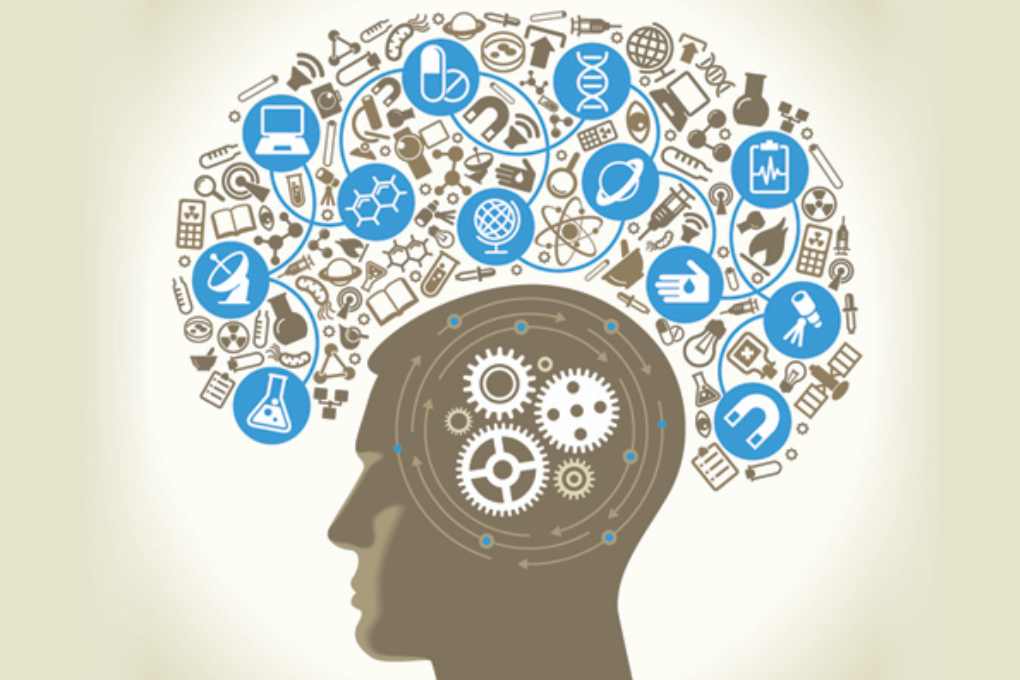
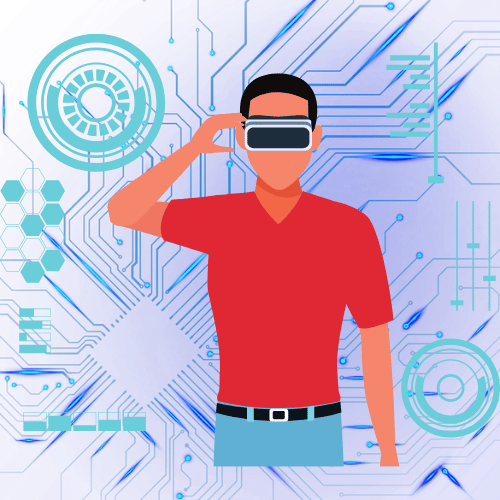
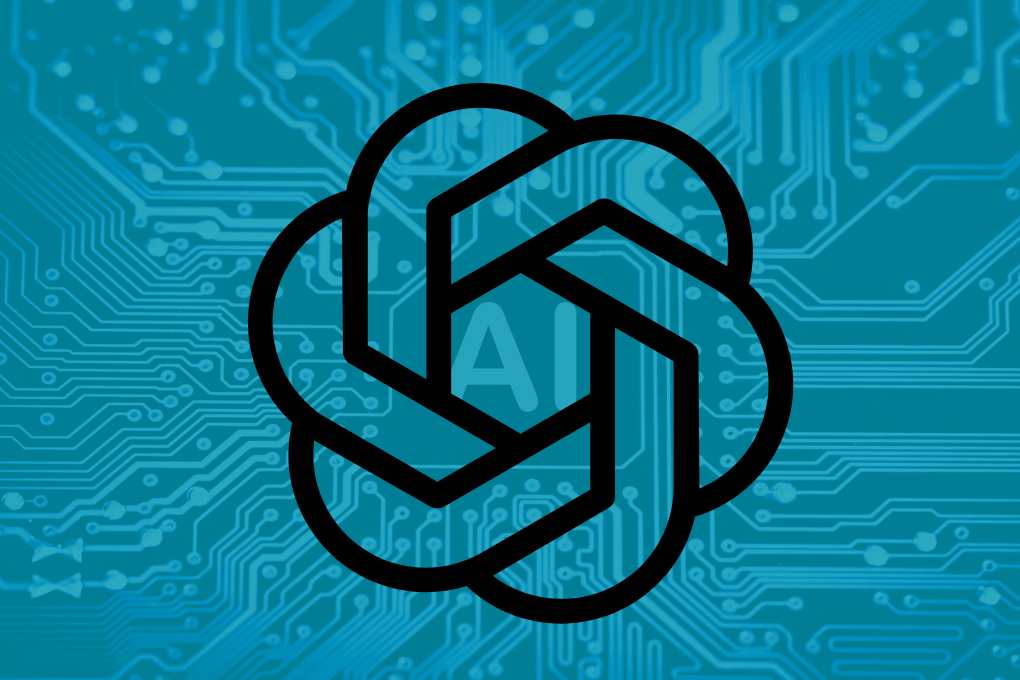
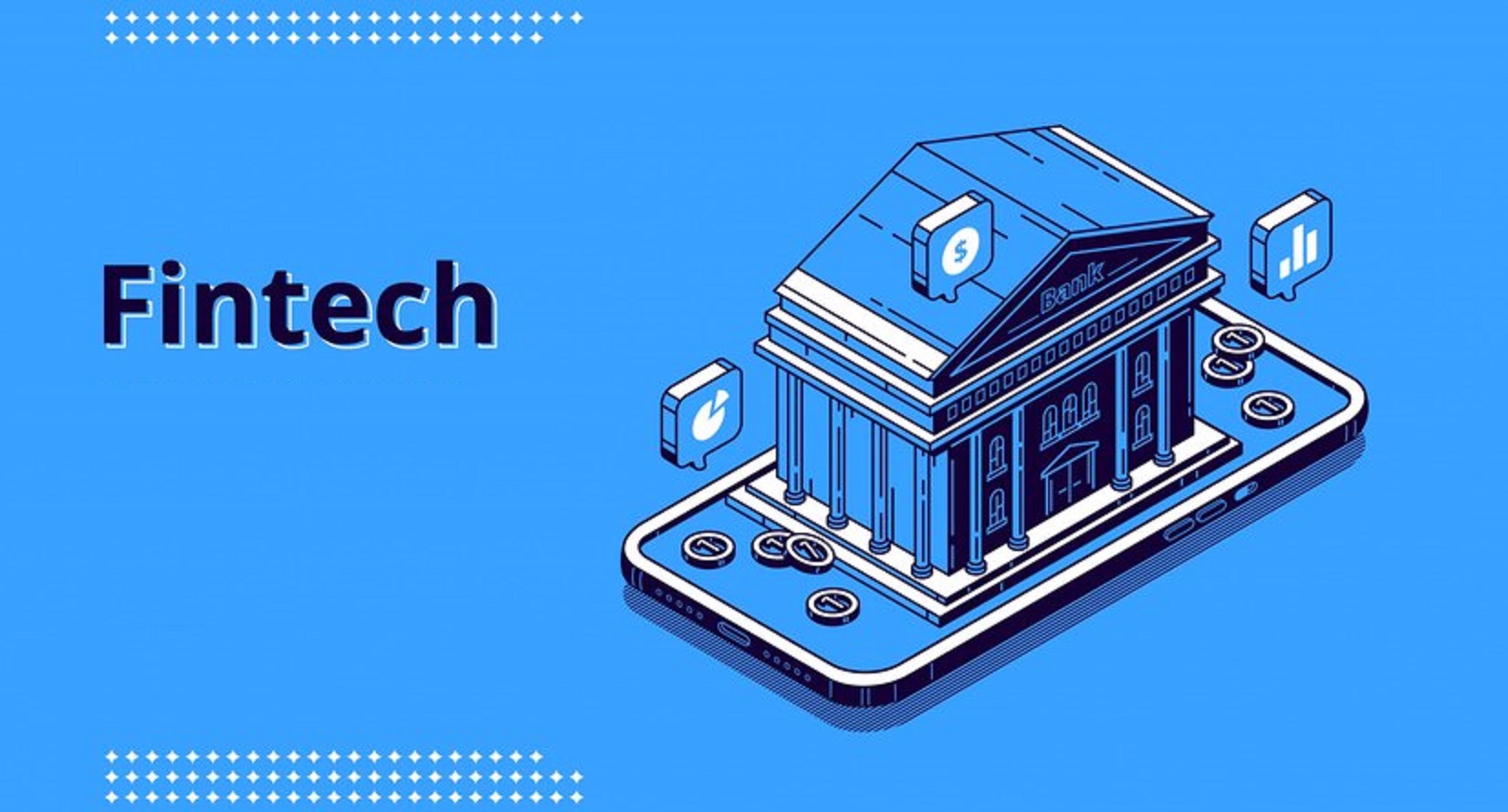
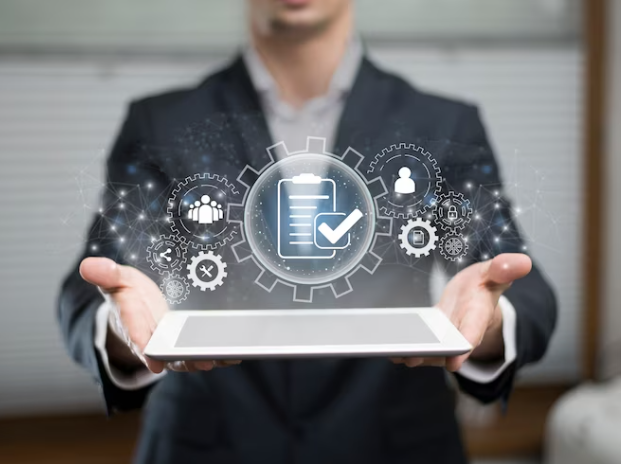

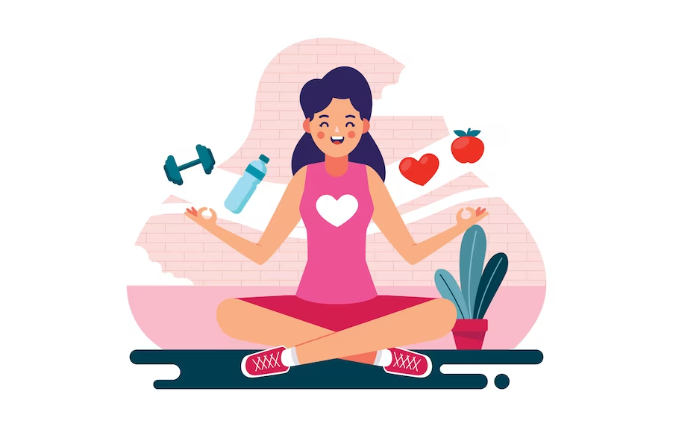
Leave a Reply